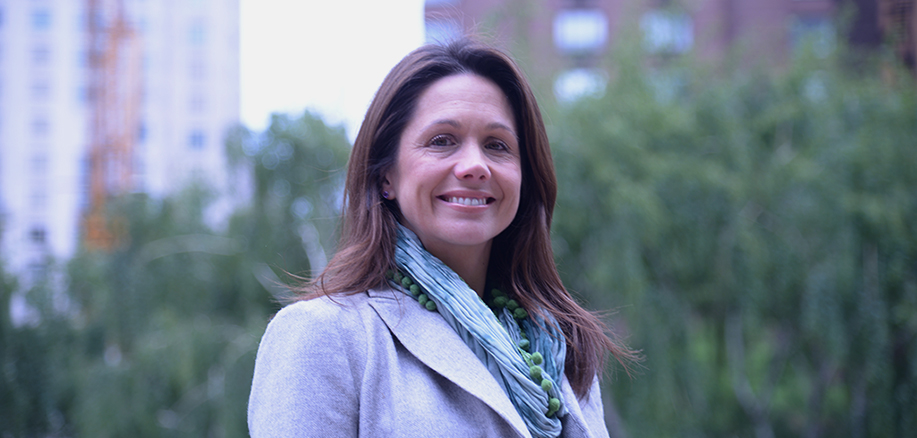For many Americans, not having access to financial services can lead to a host of other obstacles.
New research from the Gabelli School of Business suggests that a deeper understanding of the role that financial exclusion plays in health care can help health care providers to better market programs that serve disadvantaged populations.
“Health care is a service that requires financial planning,” said Genevieve O’Connor, assistant professor of marketing at the Gabelli School. “Those who are financially excluded don’t have the resources to access services that meet their needs, which creates a barrier to care.”
Using data from a major metropolitan hospital in New Jersey, O’Connor studied how insurance and income enable use of health care services, and how this varies among millennials, Generation X, baby boomers, and the Silent Generation. She also measured utilization across gender and ethnic lines.
Her research, which was published in the Journal of Financial Services Marketing earlier this spring, showed that various groups and populations used insurance differently. While insured customers of all generations used less services, she learned that Asians, and other ethnicities of the Silent Generation used fewer services than whites—both insured and uninsured—of the same generation.
Conversely, while these non-white groups in the Silent Generation used fewer services, African-Americans in Generation X, for example, used health care much more—even as Generation X whites were using health care services less. A similar pattern was observed among Asian-Americans.
O’Connor’s findings suggested that cultural and generational life experiences may shape a person’s behavior or attitude toward health care.
Since studies have shown that immigrant populations such as Hispanics, and younger generations such as millennials, harbor a distrust of banks and banking, O’Connor wondered if the same thing was happening with health care, and if financial exclusion was a key factor.
“We typically think of financial exclusion as a lack of financial services,” she said. She explained that individuals who are “unbanked” are typically women, the poor, ethnic minorities, elderly, single parents, the unemployed, students, and people living in rural communities. “But those who lack access to financial services are the same people who lack access to health care.”
O’Connor said financial literacy impacts decision-making, including understanding how the use of health care services affects well-being. Also, complex health care terminologies such as premium, deductible, HMO and PPO, can be challenging to comprehend— even for educated consumers.
“Just because insurance is offered, that doesn’t necessarily mean most people will use it,” said O’Connor. “This is where marketing comes into play.”
In situations where the mere fact of having health insurance doesn’t lead individuals to use health care services, O’Connor said personalization of the marketing message is instrumental.
“It’s about getting into the mindset of those consumers,” she said. “Maybe there’s a shared experience that they have that we can tap into, even from an environmental perspective, to see how they might be more amenable to using those services.”


